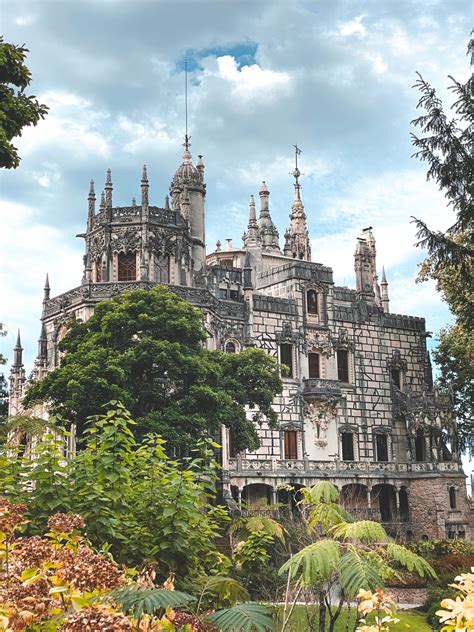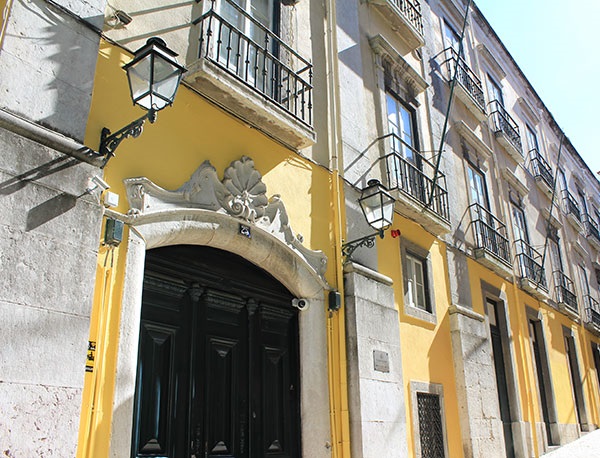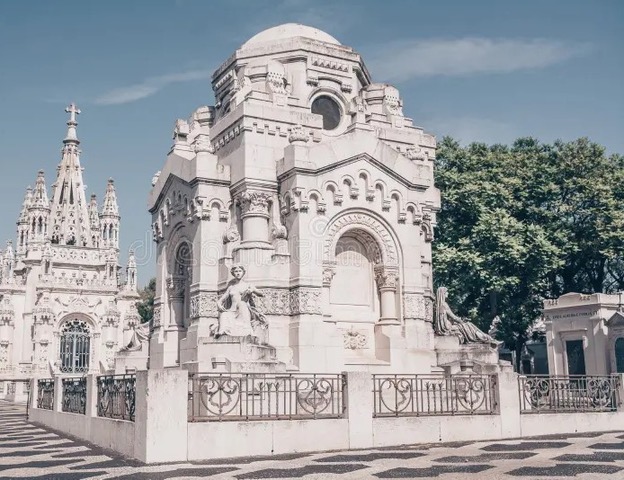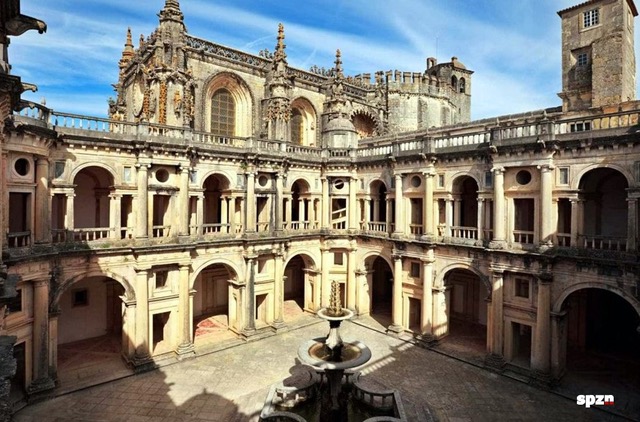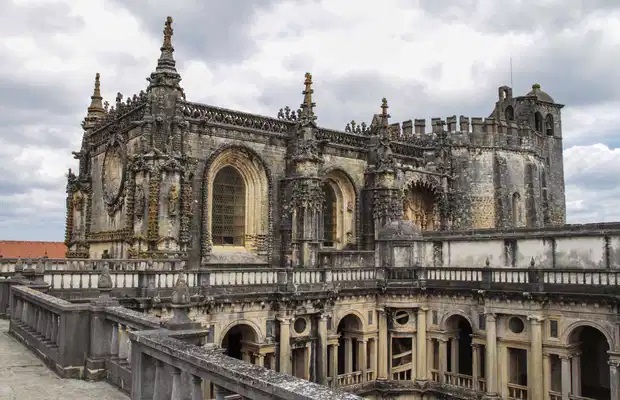PORTUGAL
FREE-MASSONNERY IN PORTUGAL
On 9 March 2000, a group of Lodges and their respected Brethren founded the Grande Loja Nacional Portuguesa (Portuguese National Grand Lodge), which today is one of the leading Masonic Obediences in Portugal.
Our Institution, characterised by its commitment to Regular and Traditional Freemasonry, plays a significant role in the preservation and promotion of Masonic principles.
Masonic practice within the Grande Loja Nacional Portuguesa is strongly influenced by Anderson’s Constitution of 1723 and Albert Mackey’s Landmarks, which establish the standards and traditions of Freemasonry.
It works in the first three symbolic degrees of the Ancient and Accepted Scottish Rite, namely Apprentice, Fellow and Master. Rituals and ceremonies are carried out with rigour and precision, respecting the Regular and Traditional customs and usages of Freemasonry.
Masonic attire is marked by the presence of the Three Great Lights of Freemasonry: the Bible, the Square and the Compass. It is important to note that, although the Bible is used in the rituals, the Grande Loja Nacional Portuguesa allows the presence of other volumes of the sacred law for Brothers of different religions during their Initiations, symbolising universality and respect for religious diversity within the Order.
The Grande Loja Nacional Portuguesa is also very active on the international Masonic scene, being a full member of the Confederation of United Grand Lodges.
This body promotes unity and cooperation between the various Masonic Obediences around the world practising the Ancient and Accepted Scottish Rite, reflecting a spirit of corporatism similar to that of the United Nations.
One of the main objectives of the Grande Loja Nacional Portuguesa is to promote the personal and spiritual growth of its Brethren, as well as service to the community and to humanity.
The Order encourages the practice of high standards of morality, justice and brotherhood among its Members. In addition, the Grande Loja Nacional Portuguesa participates in various philanthropic activities and social initiatives aimed at contributing to the well-being of society as a whole.
The Grande Loja Nacional Portuguesa / Grand Lodge of Ancient Free and Accepted Masons of Portugal represents an important pillar of Regular and Traditional Freemasonry on the national scene.
With a history rich in challenges and achievements, the Grande Loja Nacional Portuguesa remains an Institution dedicated to the preservation of Masonic values and the promotion of the moral and spiritual progress of its Members.
Through committed leadership and strict adherence to Traditional principles, it maintains its independence, relevance and influence at both national and international level, with a hopeful vision for the future.
The places to discover
Portugal, a country rich in history, heritage and culture, is home to places on its territory that, over the centuries, have been linked to Freemasonry or are of interest to those seeking to discover this influential esoteric and philosophical tradition.
Freemasonry, shrouded in symbolism and mystery, found Portugal fertile ground for its development, especially after the XVIIIᵉ century, when the Enlightenment brought new ideas to Europe.
In this context, exploring sites of Masonic significance is a journey not only through the history of the Order, but also through the values and principles it represents.
SINTRA
Quinta da Regaleira
One of the most emblematic sites is undoubtedly the Quinta da Regaleira in Sintra.
This UNESCO World Heritage site is a veritable sanctuary of esoteric and allegorical symbolism.
Commissioned by António Augusto Carvalho Monteiro, its architecture and landscape reflect Masonic, alchemical and Rosicrucian principles.
The Initiatory Well is perhaps the most emblematic element: a descending spiral symbolising the inner journey and the path to enlightenment.
The well, surrounded by references to the Tarot and other symbolic systems, offers a unique experience for visitors interested in esoteric studies.
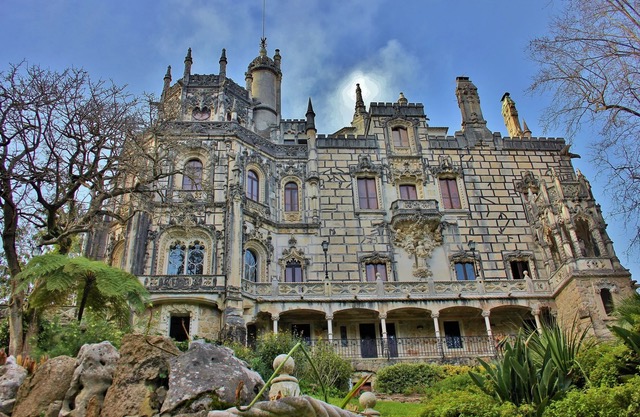
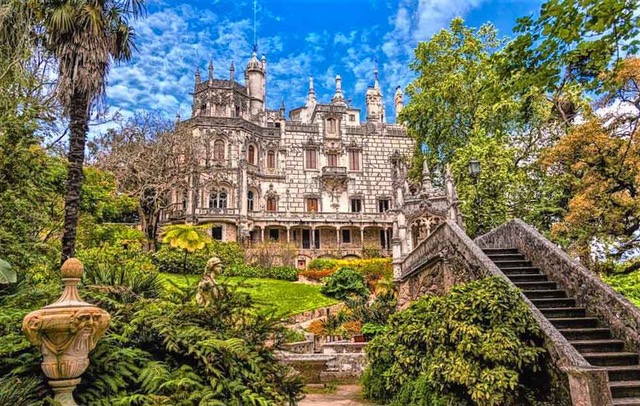
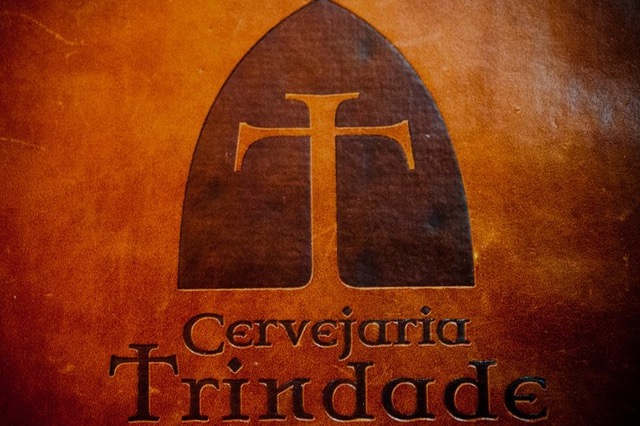
Lisbonne
In Lisbon, the Grand Orient Lusitanien, the oldest Portuguese Masonic obedience, has its headquarters in the Masonic Palace, located in Rua do Grilo.
This building is a living testimony to the Masonic presence in Portugal, hosting rituals, meetings and events that keep the tradition alive.
Although it is not regularly open to the public, on special occasions it is possible to visit this space rich in history and symbolism.
Another site of interest in Lisbon is the Portuguese Masonic Museum, also run by the Grand Orient Lusitanien.
This museum houses a vast collection of objects, documents and ornaments linked to Freemasonry.
It shows the evolution of this tradition in Portugal, from the first lodges in the XVIIIᵉ century to the present day.
The museum offers a perspective on the Masonic influence in Portuguese society, including its involvement in progressive movements and the fight for freedom and equality.
Trindade Brasserie
Also in Lisbon, the Brasserie Trindade stands out as a place of Masonic importance.
Formerly a convent, it was transformed into a brewery and later decorated with Masonic symbolism, visible in the azulejos that adorn its rooms.
Visitors can see various elements such as the radiant Delta, the Sun and the Moon, which refer to the fundamental principles of Freemasonry.
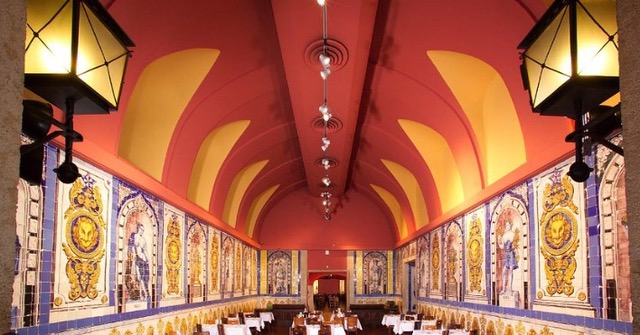
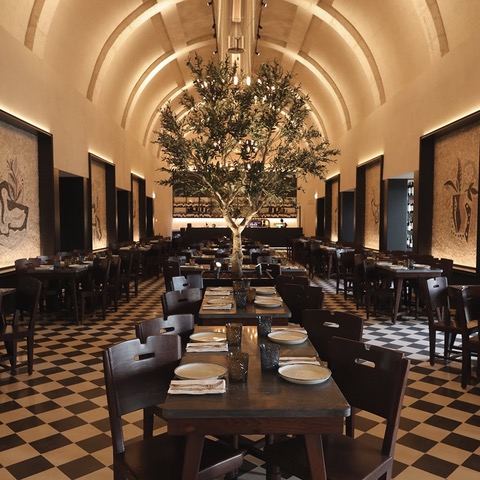
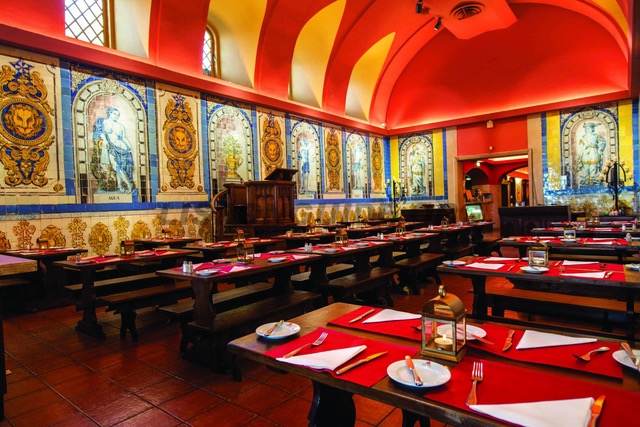
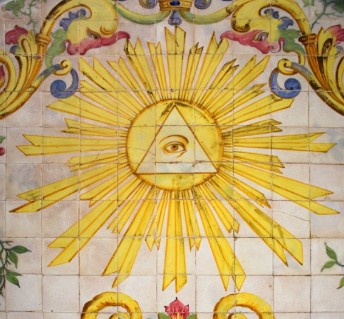
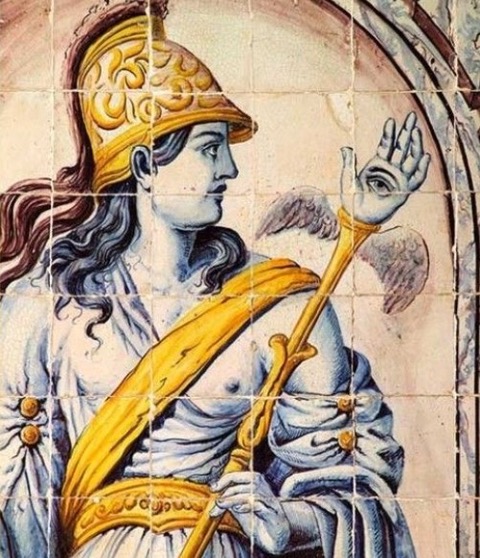

Lisbonne
Prazeres Cemetery
Another notable place in Lisbon is the Prazeres Cemetery, which houses the graves of many historical figures linked to Freemasonry.
The mausoleums, adorned with various Masonic symbols such as the all-seeing eye, the square and the compass, bear witness to the Order’s influence in Portugal.
The cemetery offers a place to reflect on the impact and legacy of Portuguese Freemasons throughout history.
Bucelas
Quinta de São José
Just a few minutes from Lisbon, in Bucelas, a renowned wine-growing region, lies the Quinta de São José, or Masonic Quinta, as it is known among the Freemasons of the Portuguese Grand National Lodge.
This estate, covering 9 hectares full of mystical nooks and crannies, includes several temples dedicated to Royal Art and to the Glory of the Great Architect of the Universe.
TOMAR
Convent of Christ
Another site of interest is Tomar, a city deeply associated with the Knights Templar, one of the orders that, according to some interpretations, influenced modern Freemasonry.
The Convent of Christ, a UNESCO World Heritage Site, is one of Portugal’s most impressive monuments and a testament to the Templar legacy.
Although it is not strictly Masonic, the symbols present in its architecture, such as the Manueline window, contain elements that resonate with the principles and values of Freemasonry.
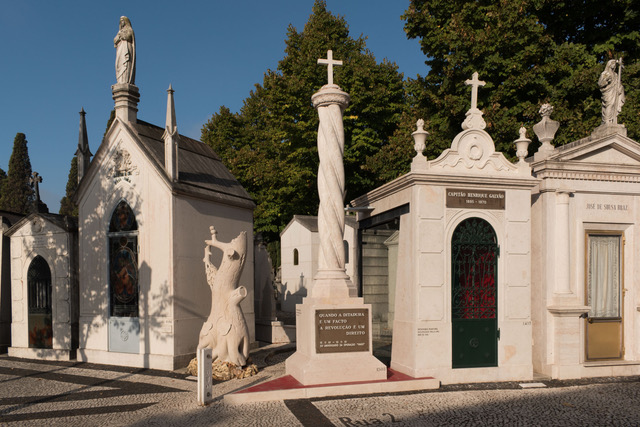
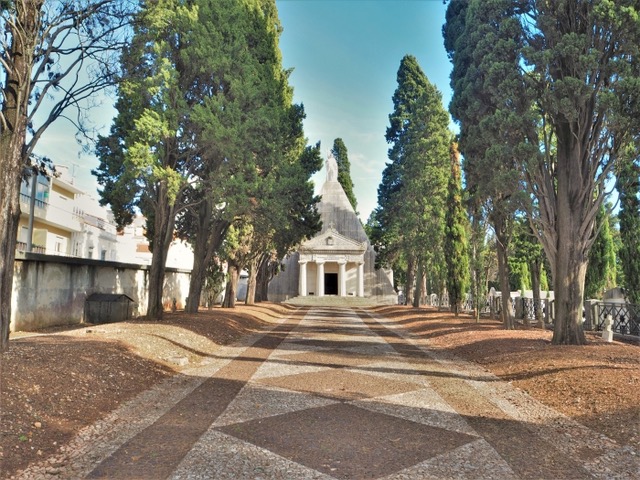
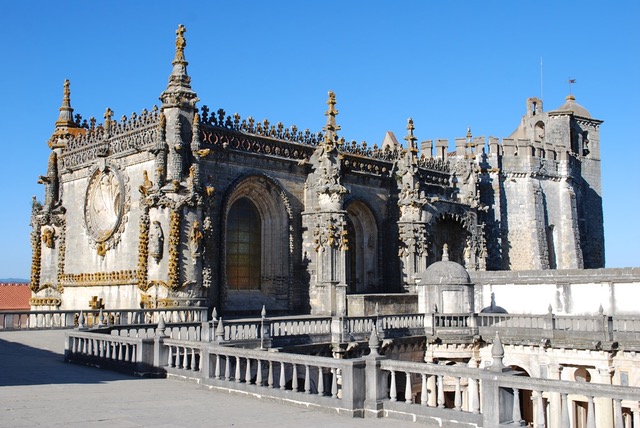
Cartographie
France
Sur les chemins de la Route d’Architecture et de Patrimoine Maçonniques, il existe des sites exceptionnels à découvrir au Sud, sur l’Atlantique ouest jusqu’à la capitale. Ces sites sont de véritables découvertes à ne pas manquer.
Andorre
Autriche
Belgique
Canaries
Le 20 février 1923, le Conseil suprême du 33e degré pour l'Espagne et ses dépendances a émis une communication à la Loge Añaza 270 dans laquelle il décidait d'autoriser la constitution d'une Grande Loge régionale des îles Canaries qui parrainerait les Loges établies là-bas « compte tenu des raisons existantes pour cela».
La transition vers la démocratie a rétabli la légalité de la franc-maçonnerie espagnole. Depuis le début des années 1980, la Franc-Maçonnerie canarienne s'est concentrée à Gran Canaria, Tenerife et Lanzarote, se rattachant initialement à la Grande Loge d'Espagne et à son Conseil Suprême du 33ème Degré, non sans une certaine réticence anglaise due à la philosophie du Rite d'Émulation. Mais les sentiments maçonniques des francs-maçons canariens, liés à leur tradition historique, s’éloignent du concept de « fraternité » anglo-saxonne ; et pas seulement dans le rituel, mais dans la manière de penser.
Croatie
Macédoine du Nord
Pologne
Ensuite à Tarnowskie Gory qui est inscrite par l'Unesco et dont le patrimoine culturel, grâce à la mairie qui a récupéré les objets de deux Loges maçonniques détruites par le régime nazi pour en faire un musée. Dans cette région riche en mines d’argent, la franc-maçonnerie était très développée. Dans la même ville, un magnifique château reconstruit abrite un musée maçonnique et un temple avec les mobiliers maçonniques où la loge de Grande Loge de France a pu se réunir pour ses travaux. On peut passer quelques jours sur place, car il y a un hôtel et un restaurant.
Portugal
Notre Institution, caractérisée par son engagement envers la Franc-Maçonnerie Régulière et Traditionnelle, joue un rôle significatif dans la préservation et la promotion des principes Maçonniques.

